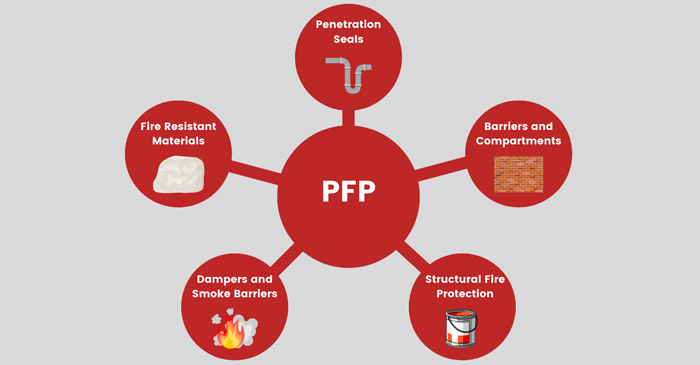Selecting a Passive Fire Protection (PFP) coating system for use in a hydrocarbon facility involves several critical considerations to ensure effective and durable fire protection.
1. Fire Duration and Performance:
The primary function of a PFP coating is to extend the time that structural steel can withstand high temperatures during a fire, maintaining its load-bearing capacity. The required fire duration typically ranges from 30 to 120 minutes, depending on the specific application and local building codes.
2. Durability and Environmental Resistance:
Durability is crucial as PFP coatings must maintain their protective properties throughout their service life despite exposure to harsh environmental conditions such as humidity, temperature fluctuations, UV light, and pollutants. Coatings are usually tested for durability according to standards like ISO 12944 and EAD350402-00-1106, which simulate long-term exposure to these conditions.
3. System Compatibility:
Ensuring compatibility between the primer, intumescent coating, and topcoat is essential for maintaining the integrity of the fire protection system. Incompatible layers can compromise the system’s performance, leading to premature failure or reduced fire protection efficiency.
4. Application Environment:
The conditions during application, transportation, and construction can significantly impact the performance of PFP coatings. For instance, coatings designed for interior use might need additional protection if exposed to exterior conditions during construction. This highlights the importance of selecting the right type of topcoat and ensuring it is correctly applied to protect the intumescent layer.
5. Testing and Approval:
PFP systems should be tested and approved by relevant standards to ensure they meet the necessary fire protection requirements. These tests often include both accelerated weathering and natural exposure tests to verify long-term performance under various environmental conditions.
By considering these factors—fire duration, durability, system compatibility, application environment, and testing standards—you can select a PFP coating system that provides reliable fire protection for hydrocarbon facilities, enhancing safety and compliance with regulatory requirements
